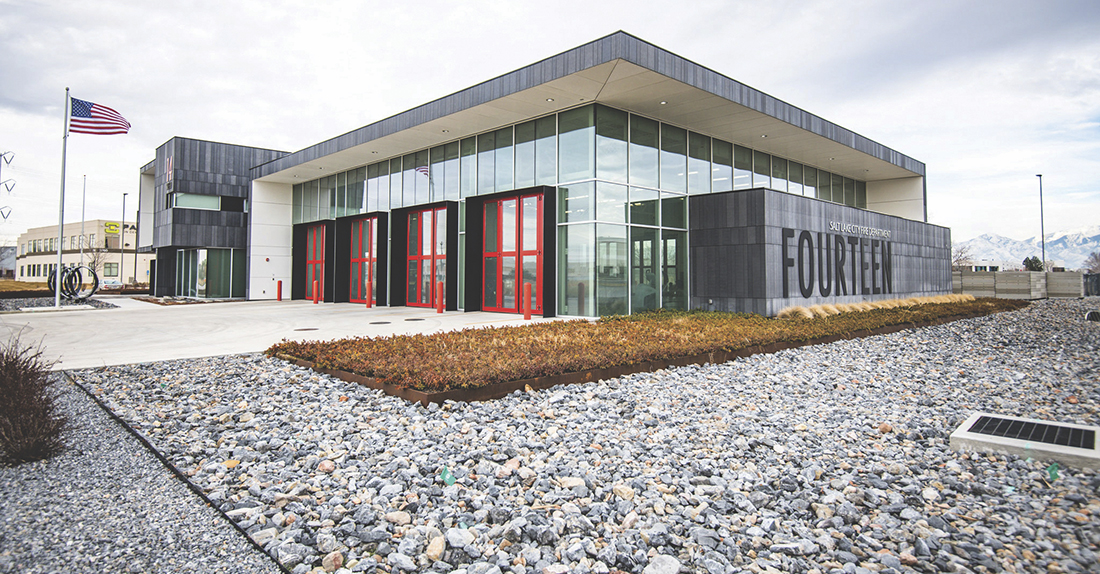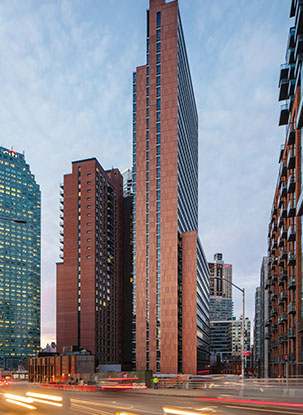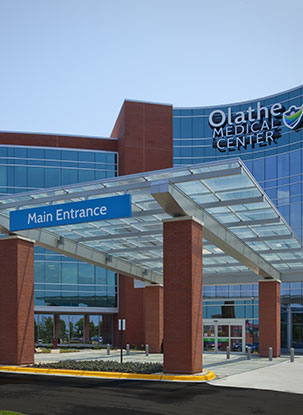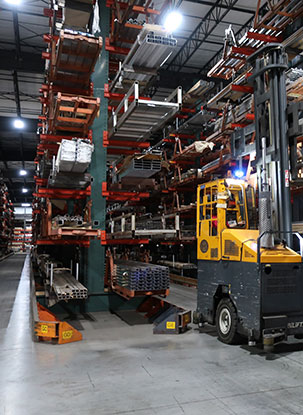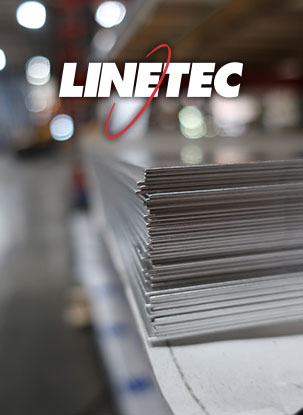With a hardness comparable to a sapphire, anodized aluminum is extremely durable and one of the highest performance architectural finishes. Its hardness and durability ensure a long-lasting and low-maintenance surface for your architectural aluminum products. However, low maintenance does not mean no maintenance.
Your anodized wall panels, doors, column covers, canopies, decorative components, trim and framing on skylights, windows, curtainwall, storefront and entrances still need a little attention. With minimal cleaning and care, they will continue to perform well and look their best.
Dirty Work First
All exterior surfaces collect dust and dirt. The amount depends on their location and environmental conditions, their placement on the building, and their shape and finish. The color and composition of the dirt also will affect the building’s appearance.
- Doors, panels, framing and other aluminum material that is close to the ground are most likely to show black dirt, red and brown clay, and grass clippings or other landscaping residue. They also are most accessible to people, and therefore, the most likely to be touched, bumped, scratched and dinged.
- Coping, sun shades, canopies, skylights and other components near the roof are less likely to be touched, but more likely to show gray, tan and yellow dust and pollen particles, as well as bird droppings and nest remnants.
- The cladding materials and façade systems at the middle of the building can build up dirt from ground-level, air-borne and other sources.
Anodize showcases the natural look of metal. Its color offering generally doesn’t show dirt as much as a white paint and other light colors. Anodize tones range from a clear aluminum to black with bronze, Champagne, Bordeaux and Copper in between.
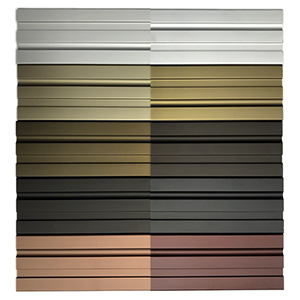

Simple Soap and Water
A clean water rinse using moderate pressure will help remove most dust and dirt from anodized aluminum. For more stubborn areas, add a mild soap solution that’s safe for bare hands to the water.
Apply the soapy water solution with a soft cloth, sponge or brush if a light scrubbing is necessary. Washing should be done with uniform pressure, first horizontally then vertically. After washing, the surfaces should be thoroughly rinsed with clean water.
Cleaning should start at the roof and proceed to the ground in a continuous drop. Use a forceful water spray to rinse an area the width of the stage or scaffolding as you move from the top down.
Stronger Stuff
Progressively stronger cleaning procedures may be employed depending on the severity and tenacity of the soil. Do not use strong acid or alkali cleaners as these can damage the finish and may affect the warranty. Cleaning hot, sun-heated surfaces also should be avoided as chemical reactions can be accelerated and cleaning non-uniformity could occur.
Removing heavy surface soils may require a minimally abrasive cleaning pad. Thoroughly soak the pad with clean water or a mild detergent cleaner and hand-scrub the finished metal surface with uniform pressure. Scrub in the direction of the metal grain. After scrubbing, the surface should be rinsed to remove all residues.
In some circumstances, the surface should be wiped with a solvent. Be extremely careful when using solvents because they may damage organic sealants, gaskets and finishes. Air dry or wipe the surface dry with a chamois, squeegee or lint-free cloth.
Power-cleaning tools may be necessary to remove unusually heavy soils from large areas including panels and column covers. When using these tools, continually flush the surface with water or a mild detergent cleaning solution to provide lubrication and to carry away the dirt. After an area has been machine-scrubbed, it must be rinsed and thoroughly scrubbed with a stiff bristle brush. The surface may then be air dried or wiped dry. Be gentle; excessive abrasive rubbing could damage the finish.
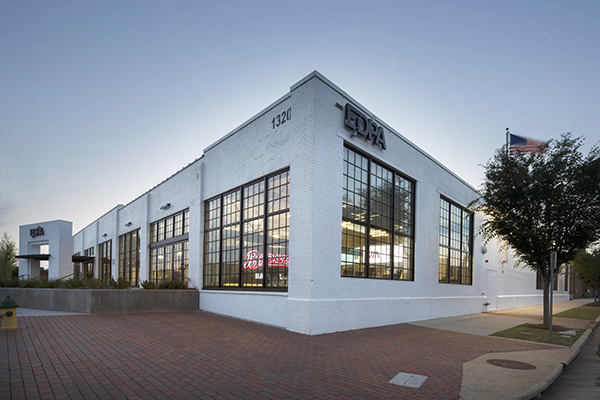
Set a Schedule
There’s a reason we call it “routine maintenance.” Basic care and cleaning of finished aluminum should be scheduled at regular intervals. This can be easily integrated with other schedules, such as glass washing, seasonal gutter cleaning or annual safety inspections.
With minimal effort, your anodize aluminum will retain its beauty and durability for years to come.
Contact Linetec for more details on how to maintain the intended performance and appearance of your anodized aluminum surface.

